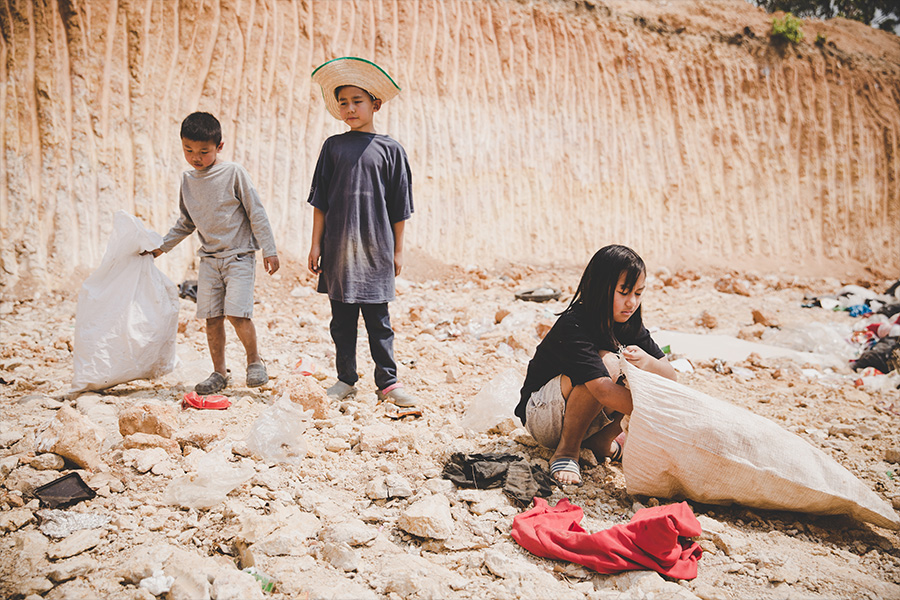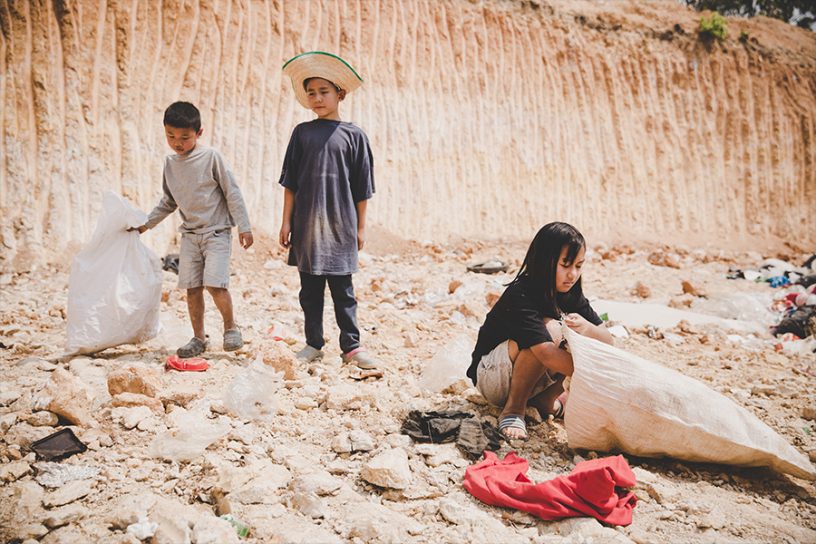
The children’s right to non-discrimination and freedom of association is routinely violated by the police abuse which consists of “round-ups” in which the children are removed from the streets, which generally occurs before a major public event, say the authors.
Authors
Harsh Mahaseth, Assistant Professor at Jindal Global Law School, and a Senior Research Analyst at the Nehginpao Kipgen Center for Southeast Asian Studies, Jindal School of International Affairs, O.P. Jindal Global University, Sonipat, Haryana, India.
Ananya Shukla, student, Chanakya National Law University, Patna, Bihar, India.
Summary
The word ‘street children’ has been evolving, but the broadest definition was given in 1994 by the Commission on Human Rights as “any girl or boy … for whom the street (in the widest sense of the word, including unoccupied dwellings, wasteland, etc.) has become his or her habitual abode and/or source of livelihood; and who is inadequately protected, supervised, or directed by responsible adults.” However, the terminology continues to evolve to meet the present existing criteria and to recognize children as social actors whose lives are not circumscribed by the street.
Inequality, within and between, societies is a key factor which leads to the issue of street children. The Human Rights Council’s 2011 Resolution on the rights of the child, which focused on a holistic approach to the protection and promotion of the rights of children working and/or living on the street, notes that the diverse causes for the emergence and marginalization of children working and/or living on the street include a varied number of factors. The majority of these causes are driven and exacerbated by inequality.
Aggravating Factors
There are four factors which aggravate the misery of these children. First is ‘Abuse’, street children generally are those children who have run away from home due to domestic or sexual violence. Tragically, their escape to the streets does not provide succor and further aggravates abuse by exposing them to trafficking and prostitution. Second is ‘Child Labor’, a majority of the street children have to work to survive. Common jobs for these children include working in domestic households, rag-picking, shoe-shining, collecting firewood, tending to animals, street vending, dyeing, begging, prostitution, and other forms of labor.
Published in: Child Rights Blog, DEVISE
To read the full article, please click here.


